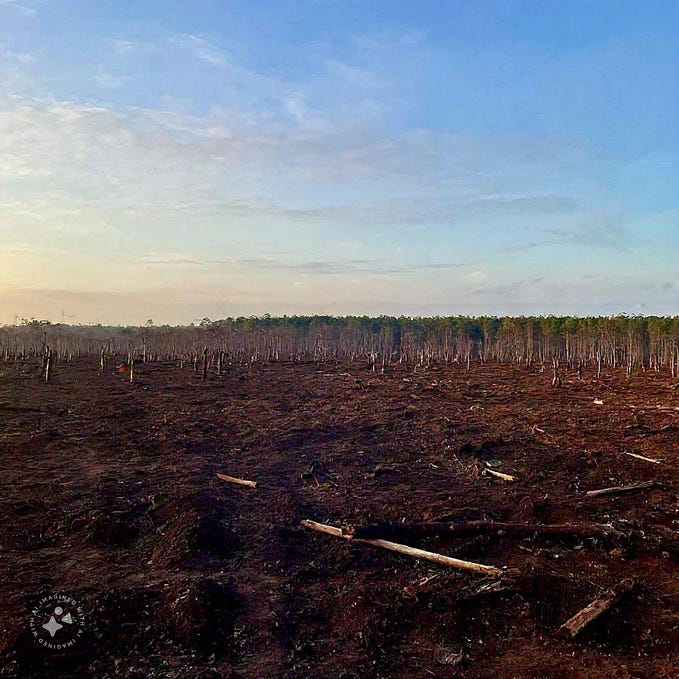Brocken Mountain: From Cold War Espionage Summit to Mystical Tourist Beacon

The Brocken Mountain, located in the Harz Mountain range of Northern Germany, has a fascinating and multifaceted history, particularly during the Cold War era. Its strategic location and elevation made it an ideal site for the Soviet Army, who, from 1961 to 1989, transformed its summit into a formidable electronic warfare and espionage facility. This facility, capable of reaching across NATO-aligned Western Europe, was crucial to Soviet intelligence operations during this tense period in history.
Surrounded by a 2km wide exclusion zone, the Brocken was off-limits to ordinary East German citizens. Its summit was heavily fortified with walls, watchtowers, and gun towers, and was guarded by both East German and Soviet soldiers. The Soviet GRU and KGB operated from a classified facility known as “Object Yenisei,” a state secret of the present-day Russian Federation. The East German secret police, or the Stasi, conducted operations from “Object Urian,” focusing on espionage activities against both East and West German citizens, as well as NATO.
After the fall of the Berlin Wall in November 1989, a significant event occurred on December 3, 1989. Hundreds of local people marched up the mountain in a brave display to reclaim the summit from the Soviets and Stasi. In a surprising and peaceful turn of events, the Soviet Station Commander chose not to confront the villagers with military force but instead opened the gates, allowing the people access to the summit.
The Brocken’s historical significance extends beyond its military use. It is associated with numerous myths and legends, notably its connection to Walpurgis Night, a traditional festival where, according to folklore, witches and demons gather. This lore, along with the frequent occurrence of mist and fog creating an eerie atmosphere, has inspired various literary works, including Johann Wolfgang von Goethe’s “Faust.” The mountain’s natural beauty and unique alpine climate also make it a popular destination for nature enthusiasts.
Today, the Brocken is accessible to tourists and hikers, offering a historical insight into its Cold War past at the “Brockenhaus.” Visitors can also enjoy the natural splendor of the Harz National Park and experience the mountain’s distinct environment. The historic Harz Railway (Harzer Schmalspurbahnen) offers a scenic route to the summit, providing breathtaking views of the Harz region. The mountain has transformed from a Cold War espionage center to a site of natural and cultural significance, drawing thousands of visitors each year to explore its mysteries and history.









